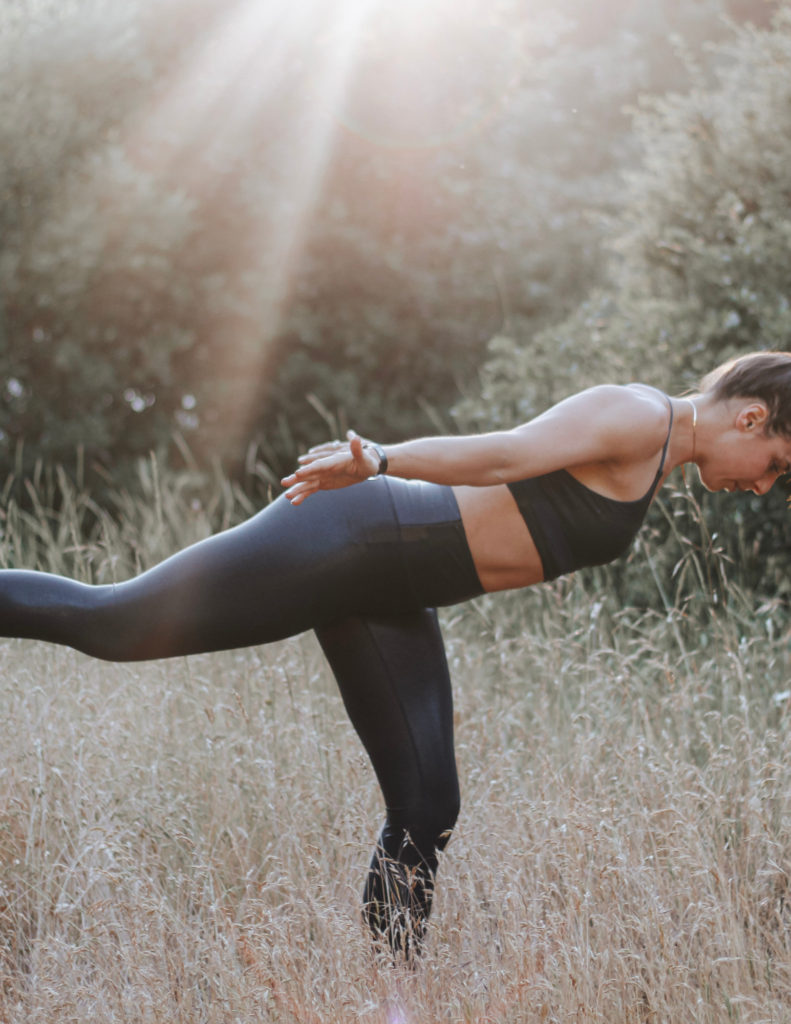
The number of joints requiring stabilization can increase or decrease the difficulty of the exercise. This concept doesn’t solely involve the core – but also involves stability from other joints in the movement chain. Each variation of working up from seated requires stabilization or control of more joints as you come higher off the floor, which in turn increases the difficulty of the exercise to an extent.
BODY POSITIONS IN ORDER OF DECREASED STABILITY

Only the trunk requires stabilizing here as any joint from the pelvis and below is uninvolved.
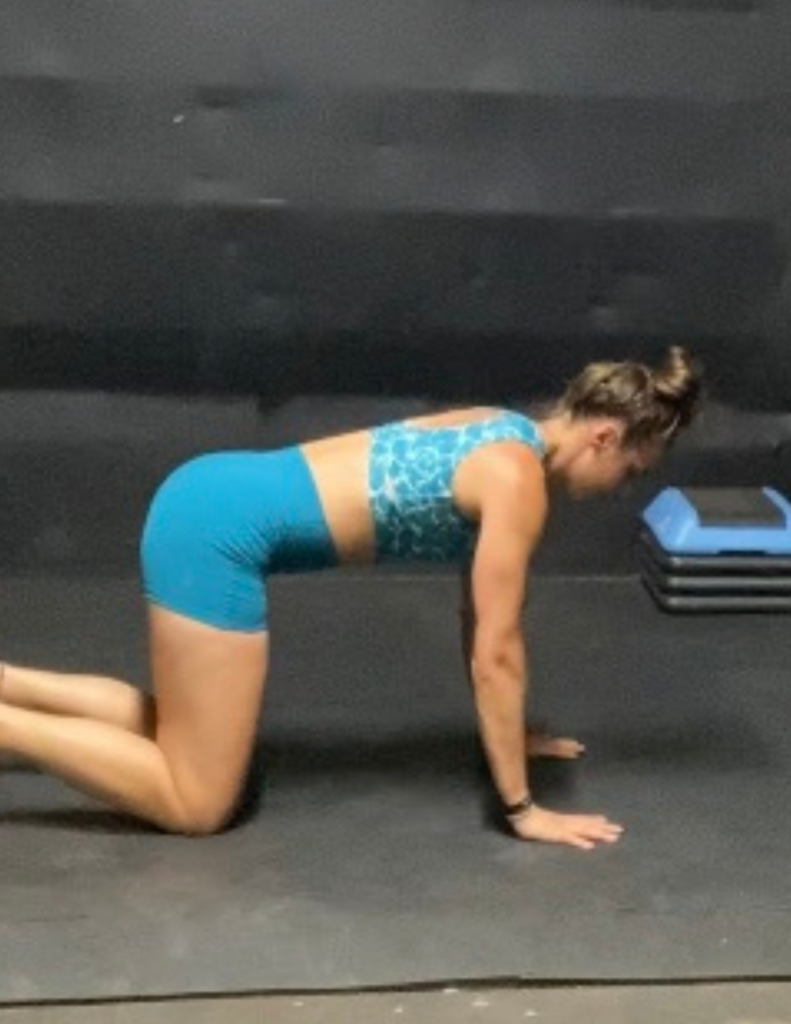
With 6 points of contact, this remains a fairly stable position only requiring the spine to work from anti-extension, however, a point of contact can be removed to create work in other planes like rotation.
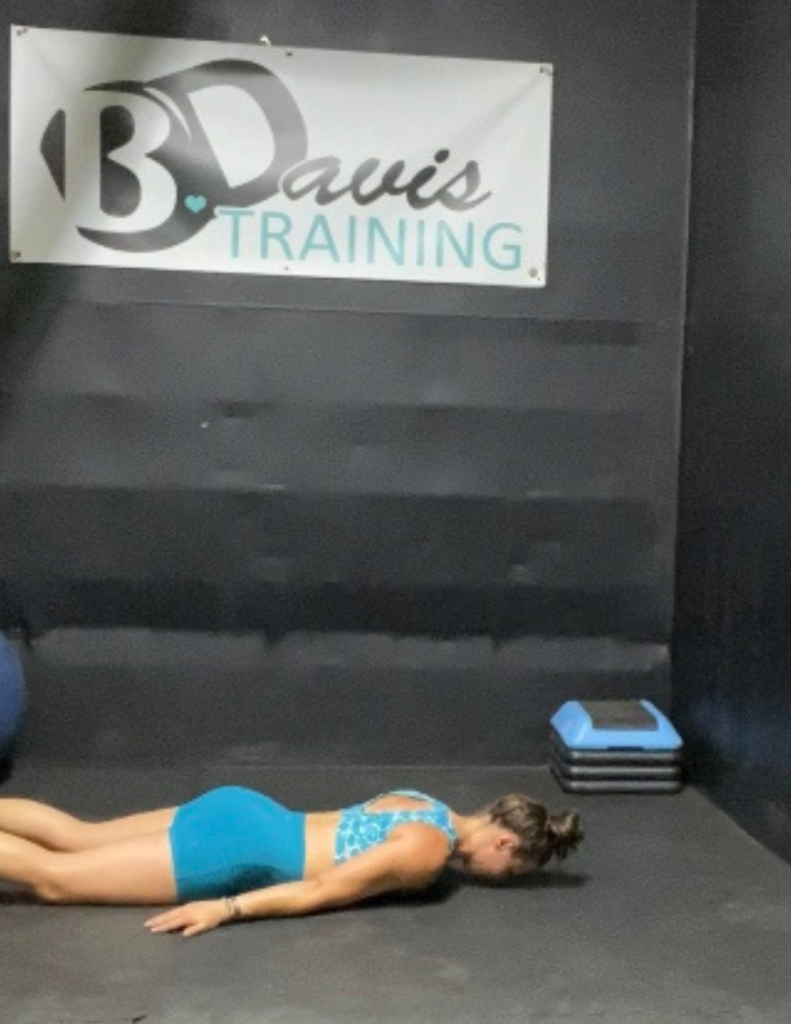
This position can be used as an anti-flexion exercise or elevated to hands & feet or knees to be turned into an anti-extension exercise with 4 points of contact (plank).
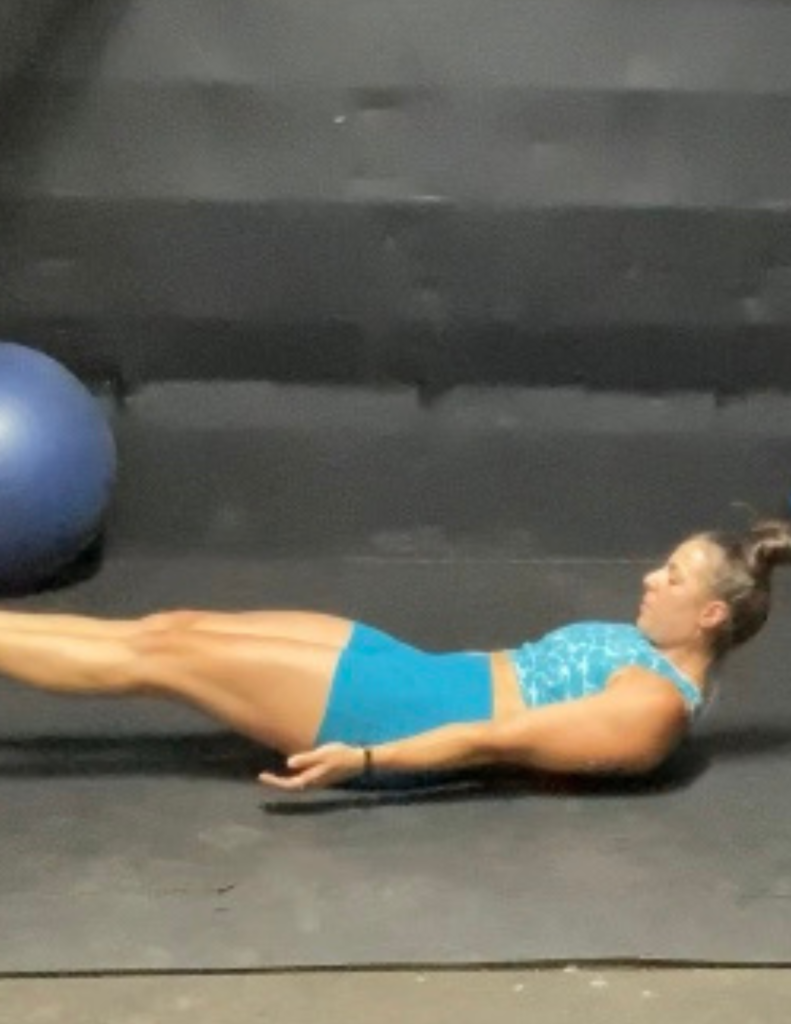
With full stability on the spine, this will only require stabilizing in one direction from the trunk and pelvis: anti-extension
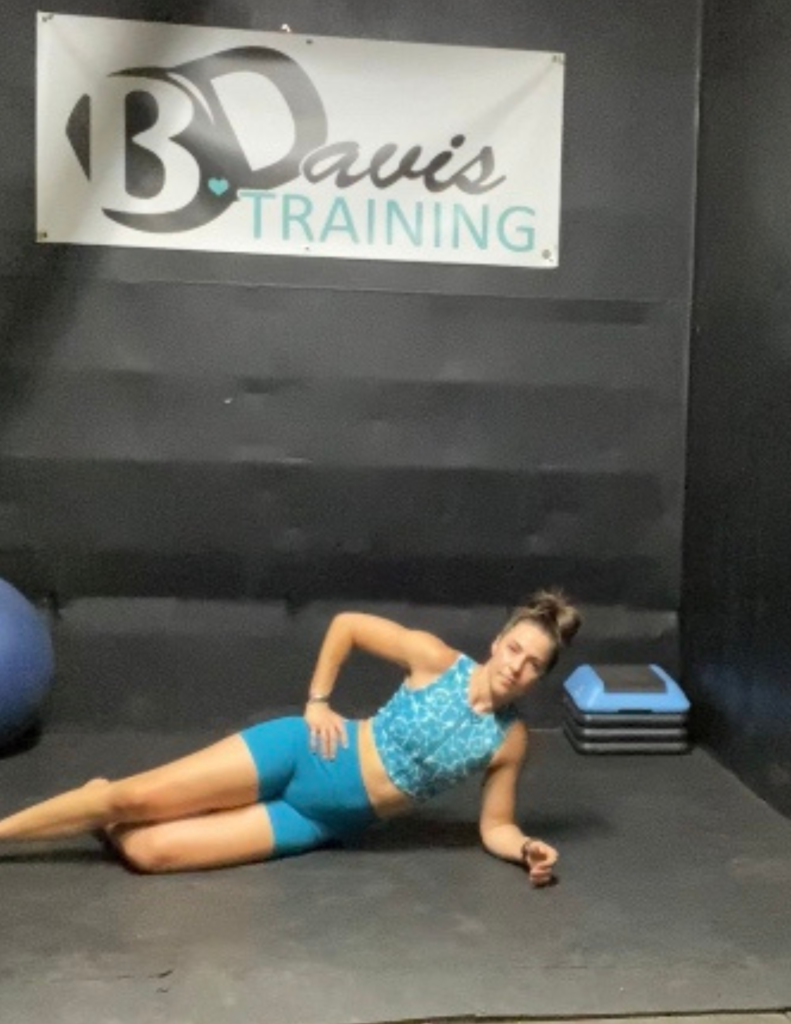
Two points of contact, with resistance in lateral flexion requiring stabilization from one hip and trunk.
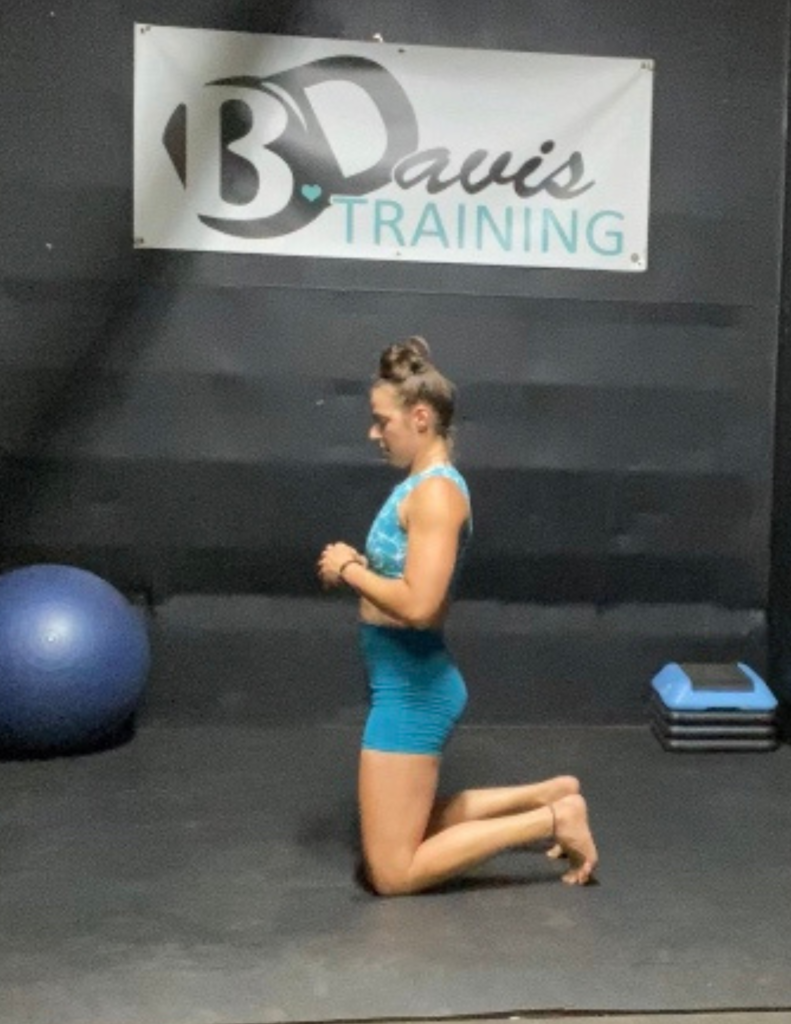
2 points of bilateral (both sides) contact with feet and knees require the pelvis and trunk to stabilize in rotation from laterally placed resistance (from the side).
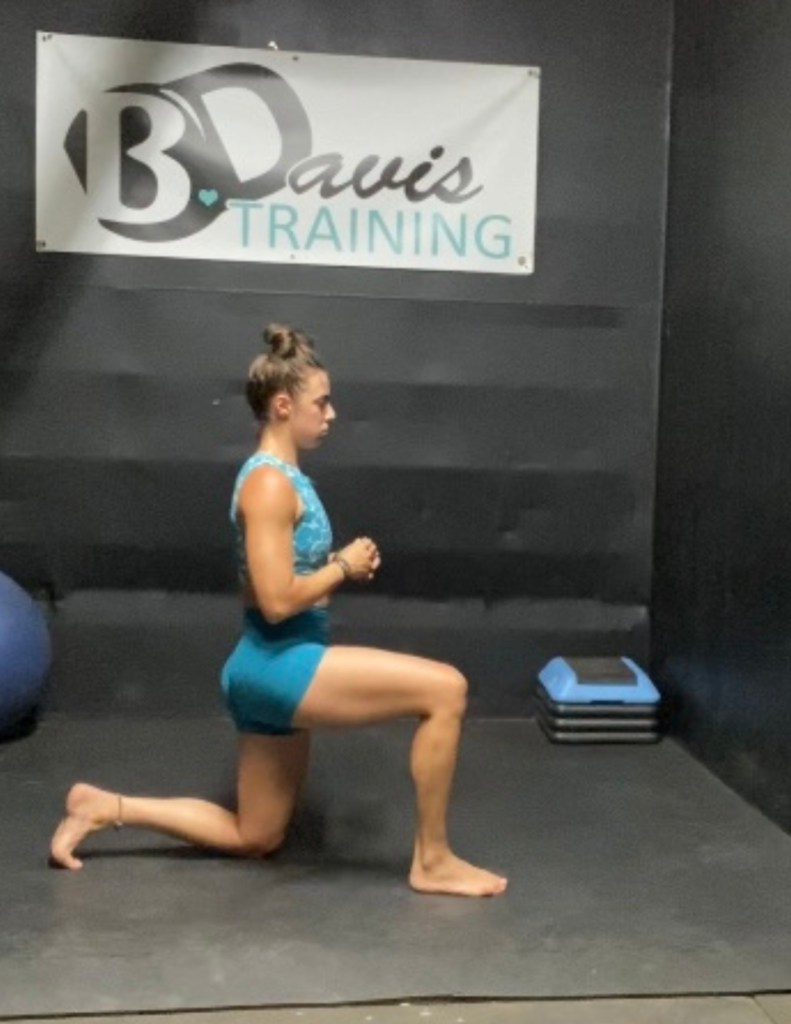
Still, maintain 4 points of contact, but they’ve been narrowed, moved to a “straight line” vs “a box”, and now require stabilization from the knee, pelvis, and trunk.
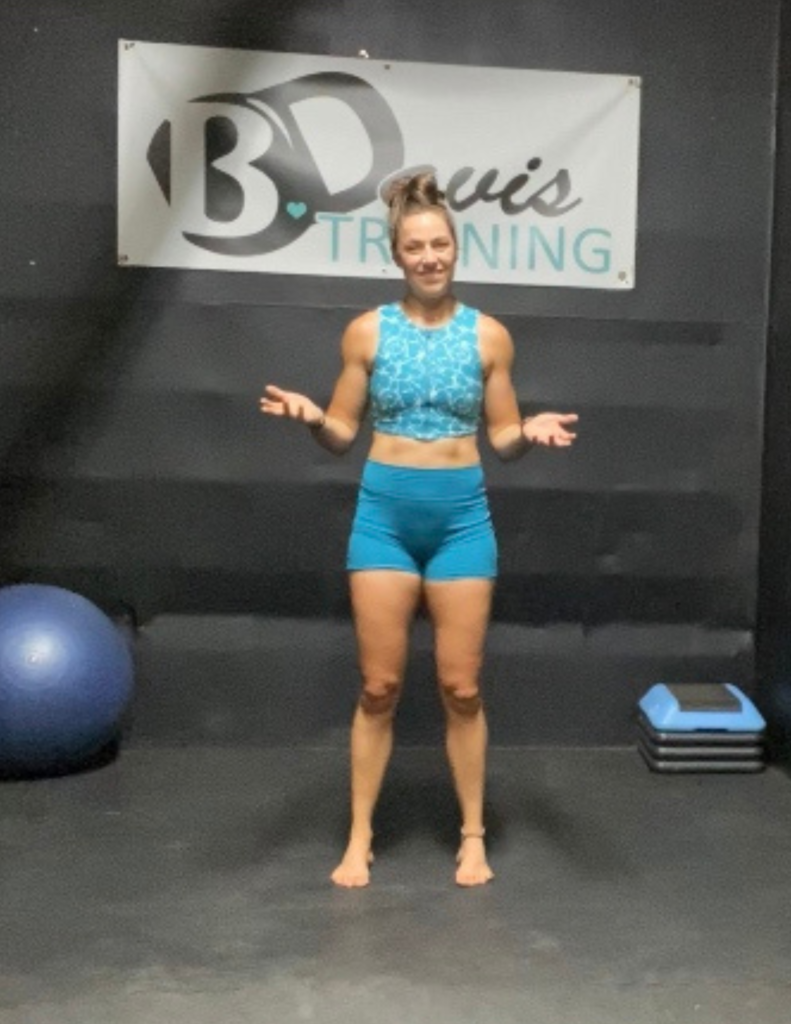
Down to 2 points of contact requiring stabilization from feet, knees, pelvis, and trunk.
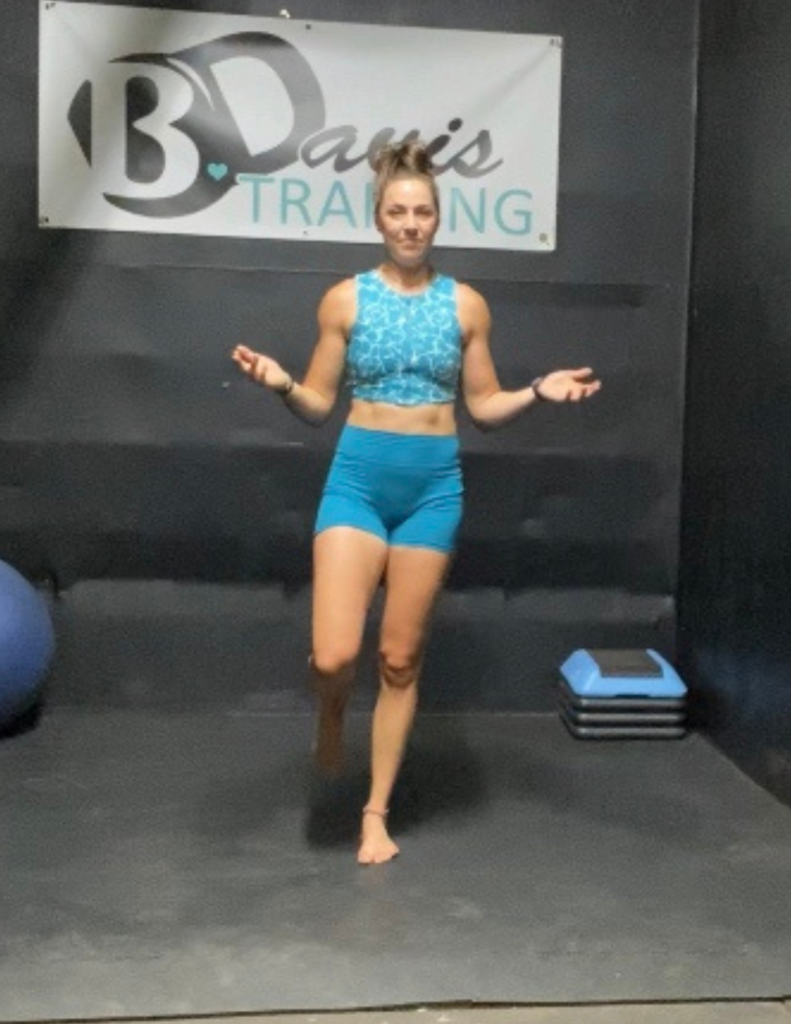
The most unstable position with one point of contact, requiring stabilization from ankles, knees, hips, and spine.

Women’s Functional Nutritionist & Fitness Specialist along with CEO of Elysian Women’s Wellness.
God, family, fitness – in that order. Fitness isn’t my job, it’s my passion. My favorite things include traveling the world, being a mama and making a difference.
14 years of experience in the wellness industry has brought me to an understanding that when you’re ready – you’ll do it. So when you are, we’re here to keep you simply well.
The last “program” you’ll ever buy. Your individualized training & nutrition plan that teaches the why & how to create lasting changes with me by your side every step of the way!

Error: No feed found.
Please go to the Instagram Feed settings page to create a feed.
Level 0, 1, 2 & 3: Level Up your workouts with beginner to advanced plans designed with a focus lift each month, progressive overload, instructional videos & all inclusive training & nutrition guides.
Copyright ©2025. Gamechanger
A BRANDT CREATIVE CO. TEMPLATE. Trusted by Wimgo.